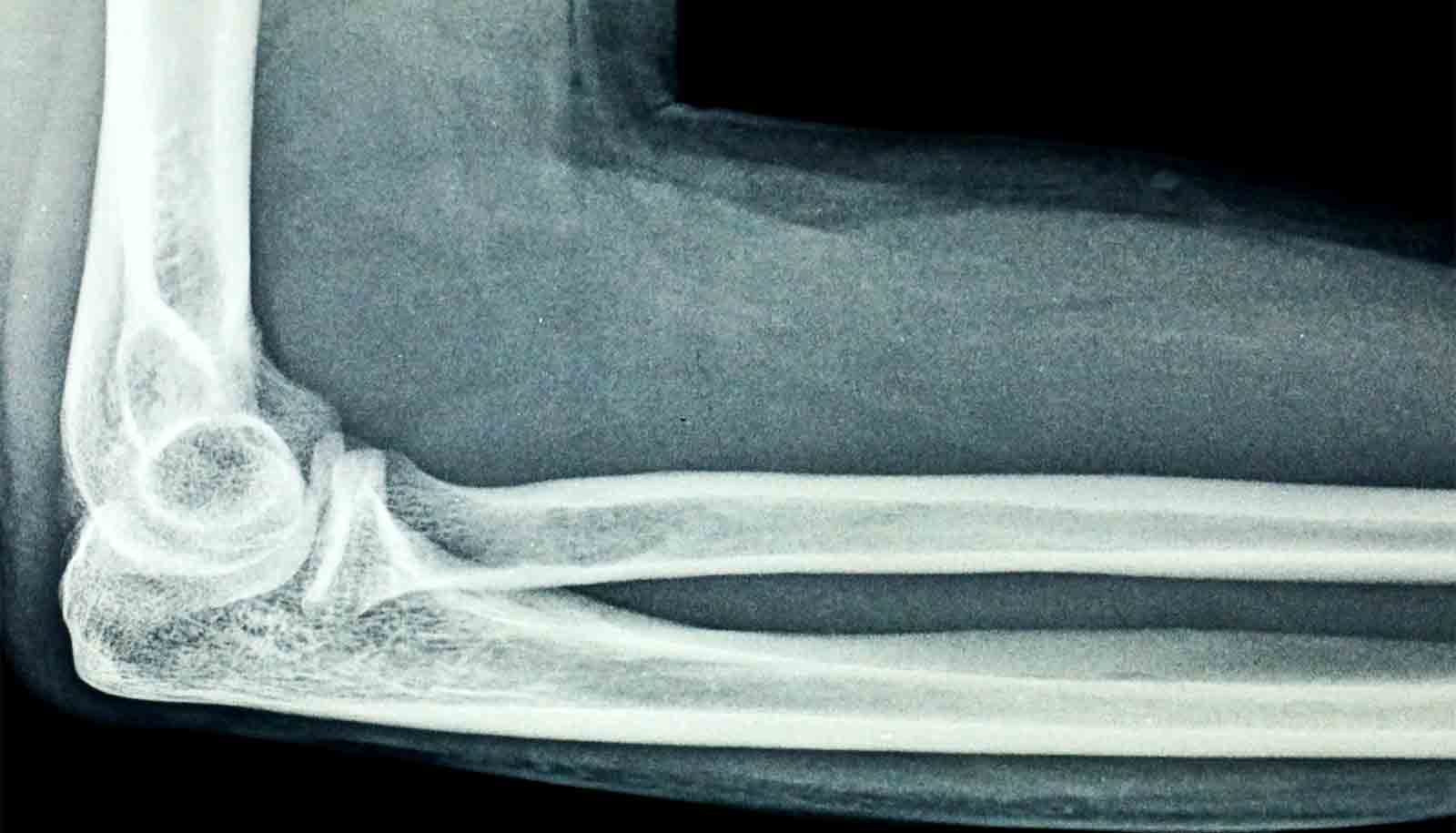A single, localized delivery of estrogen to a fracture can speed up healing in postmenopausal mice, researchers report.
The new findings could have implications for the treatment of fractures in women in the future.
Older women heal bone fractures slower than men. Over 250,000 hip fractures occur each year in adults aged 65 or older in the US, three-quarters of which are female. Within a year, between 15 and 36% of hip fracture patients will die.
While staggering, the gender gap is unsurprising given that more women than men suffer from osteoporosis, a disease that weakens the bones. And yet, only recently has the scientific community shifted their focus to understanding this difference.
“The majority of stem cell research is done on male animals. There’s very little research that has actually been done on females,” says Charles Chan, an assistant professor of surgery at Stanford University and co-senior author of the paper published in Nature Communications. “The research is long overdue, especially the question of why women heal differently from men.”
Bone is a living organ that is constantly building and rebuilding its tissues. It’s also known that men and women differ in their immune system, and that a person’s immune system is derived from their bone marrow—the spongy tissue that contains stem cells.
That thinking led Chan to investigate the stem cells as a potential culprit in the differing healing outcomes. To determine if there are differences in the skeletal stem cells in men versus women, Chan teamed up with George Yang, a professor of surgery at the University of Alabama at Birmingham and co-senior author on the study.
Their hunch panned out. They found that mouse and human skeletal stem cells are estrogen dependent and that estrogen directly regulates bone proliferation at the stem cell level. Since estrogen typically comes from the ovaries, the team next surgically removed the ovaries in female mice to induce a menopause-like state. They then gave localized estrogen to a fracture site using what is essentially a pulverized pill that is applied directly to the wound.
The team was able to restore skeletal stem cells to baseline levels and increase healing in mice without their ovaries. Strikingly, the team showed that localized estrogen also rescued skeletal stems cells in naturally postmenopausal female mice.
However, fractures in male mice didn’t respond to the estrogen delivery. This is where the sexual dimorphism comes in: estrogen works for female skeletal stem cells, but not for males. “It turns out that these male skeletal stem cells don’t express the same type of estrogen receptor as females,” adds Chan. “They express estrogen receptor 1, but not 2.”
While estrogen injections in menopausal women can help build up their bones, estrogen injected systemically, rather than locally, gives rise to risks like breast cancer, ovarian cancer, and more.
“Knowing that the skeletal stem cells actually express the receptors themselves allows us to find an alternative strategy from systemic estrogen for treating the bone fractures,” says Chan. “So now if nana falls and breaks her hips, we can piece her pelvis back together and locally we’ll release some estrogen to get the bone to heal.”
The team’s findings could one day help women who suffer from fractures and osteoporosis, as well as inform gender reaffirmation surgeries and dental implant surgeries. Chan and his team hope to begin clinical trials soon.
“This is all very exciting,” says Chan. “I think the stem cells will be the key to allowing us to optimize healing in patients.”
Source: Stanford University


